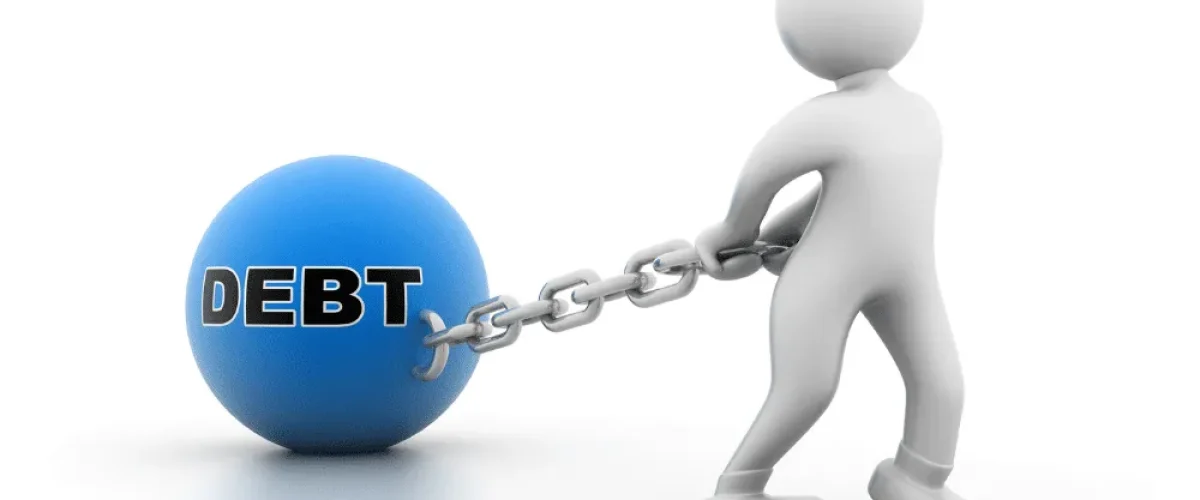More and more people are falling into the debt trap today. Many individuals frequently seek professional help to break free from overwhelming financial burdens. Whether we switch on the television, read the newspaper, or browse the internet, we are constantly bombarded with advertisements and marketing campaigns urging us to spend. This makes it incredibly easy to slip into debt. Recognizing early warning signals and taking necessary actions before it’s too late is crucial. Living paycheck to paycheck can significantly delay achieving financial freedom.
What Is a Debt Trap?
Wikipedia defines a debt trap as a situation in which a debt is difficult or impossible to repay, typically because high-interest payments prevent repayment of the principal.
Why and How Do We Fall into a Debt Trap?
Consumerism and aspirations beyond one’s means are major contributors to debt traps. What initially appears to be a smart financial decision can turn into a financial nightmare. The urge to maintain a lavish lifestyle—often influenced by comparisons with neighbors, relatives, or social media—can push individuals deeper into debt. Easy access to credit makes it even easier to fall into this financial quicksand.
How Do You Know If You Are Falling into a Debt Trap?
Just as our bodies give early warning signs of health issues, our financial well-being also provides signals before reaching a crisis. Recognizing these signs can help in taking timely corrective action:
1. EMI as a Percentage of Take-Home Salary
A general rule of thumb is that total EMIs should never exceed 50% of take-home income. Even if your regular expenses are manageable, unexpected costs like school fees or medical emergencies can arise. Keeping loan EMIs (home, personal, automobile) below this limit is crucial. Also, remember that credit card payments should always be cleared in full.
2. Credit Card Payments
Credit cards should be used wisely. If outstanding balances are not cleared in full, interest charges accumulate rapidly. Fees for late payments and ATM withdrawals add up, making it difficult to recover. While credit cards offer financial convenience, they can lead to financial distress if not managed properly. If you struggle with impulse spending, switching to a debit card may be a safer option.
3. Lack of Loan Offers from Banks
Ironically, if you stop receiving pre-approved loan offers, it could signal a low credit score. Banks prefer lending to individuals with strong financial standing to ensure repayment. If banks are not offering you credit, it may indicate that you are already over-leveraged and considered a high-risk borrower.
4. Rationalizing Unnecessary Expenses
If you find yourself justifying unnecessary expenses after making a purchase, you may be headed towards financial trouble. For instance, buying a luxury car on loan and then struggling to pay EMIs can lead to further justifications for other extravagant expenses. Over time, unnecessary wants may become perceived needs, pushing you deeper into a debt spiral.
Should We Avoid Debt Completely?
Not all debt is bad. Loans for essential needs, such as home loans and education loans, can be beneficial when taken responsibly. However, the decision to take a loan should be based on personal financial circumstances. Consulting a financial advisor can help assess whether taking on debt aligns with your long-term financial goals.
Should You Pay Off Debt or Invest?
The decision between paying off debt and investing depends on multiple factors. Initially, loan EMIs contain a high-interest component, which gradually reduces over time. Certain investments, such as Equity Linked Savings Schemes (ELSS) or life insurance premiums, provide tax benefits. A financial planner can help analyze your cash flow and determine the best course of action.
How to Get Out of a Debt Trap?
Escaping a debt trap is challenging but not impossible. It requires determination and financial discipline. Here are some steps to take:
- Prioritize High-Interest Debt: Pay off expensive loans first, such as credit card balances.
- Seek Help from Family or Well-Wishers: Borrowing from family can be a temporary relief without high interest.
- Leverage Existing Assets: Consider taking loans against assets (such as property or fixed deposits) to clear high-cost debts.
- Avoid Further Debt: Stop using credit cards and refrain from taking new loans until finances stabilize.
- Seek Professional Advice: Consulting a financial advisor can help create a structured repayment plan.
While short-term measures can provide relief, the long-term solution lies in learning from the experience and ensuring it does not happen again.
Conclusion
Does escaping the debt trap mean giving up on all aspirations and luxuries? Not necessarily. The approach depends on personal values—whether one prefers a minimalist lifestyle or wishes to enjoy financial comforts. The key is to strike a balance and make informed financial choices to avoid falling into a debt trap.
What’s your perspective? Share your thoughts in the comments or reach out if you’d like to discuss further. You can also explore more personal finance insights on www.finclu.app



